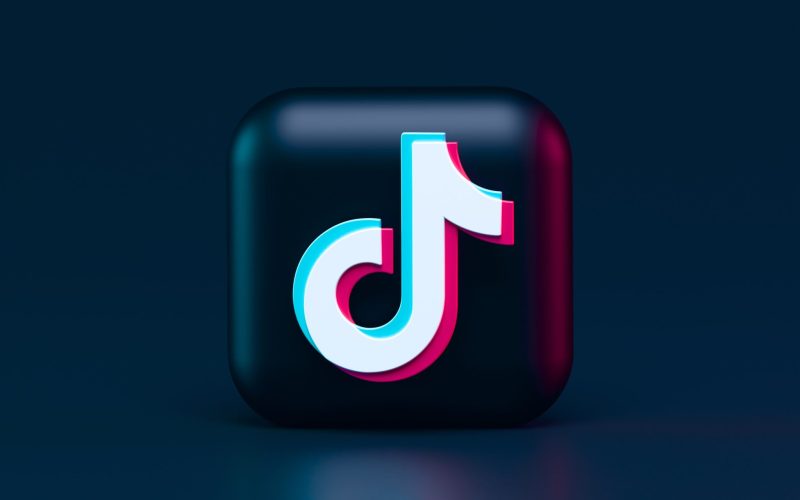Introduction: TikTok’s Groundbreaking Move
In a groundbreaking move, TikTok has announced that it will automatically label AI-generated user content, making it the first social media platform to implement such a feature. This decision marks a significant step forward in addressing concerns surrounding the authenticity and transparency of content on social media platforms. Let’s delve into the details of this innovative approach and its potential implications.

The Rise of AI-Generated Content
With the advancement of artificial intelligence technologies, the creation of AI-generated content has become increasingly prevalent across various online platforms. From deepfake videos to computer-generated imagery (CGI) photos, AI algorithms are capable of producing highly realistic content that can be challenging to distinguish from authentic user-generated content.
Challenges of Identifying AI-Generated Content
One of the primary challenges posed by AI-generated content is the difficulty in identifying its origins. Unlike traditional content created by human users, AI-generated content lacks the inherent markers of authenticity, making it challenging for viewers to discern its legitimacy. This has raised concerns about the potential spread of misinformation, manipulation, and unethical use of AI-generated content on social media platforms.
TikTok’s Initiative: Automatic Labeling of AI-Generated Content
Recognizing the need to address these concerns, TikTok has taken a proactive approach by implementing automatic labeling for AI-generated content. Through the use of advanced algorithms and machine learning techniques, TikTok’s platform will now be able to detect and label content that has been generated or significantly manipulated by AI technologies.
How It Works: The Technology Behind Automatic Labeling
TikTok’s automatic labeling system utilizes a combination of computer vision, natural language processing, and pattern recognition algorithms to analyze and identify AI-generated content. By examining various visual and textual cues within the content, the system can accurately determine whether it has been generated or manipulated by AI.
Transparency and Accountability
By automatically labeling AI-generated content, TikTok aims to enhance transparency and accountability within its platform. Users will now have access to crucial information about the origins of the content they consume, allowing them to make more informed decisions about its credibility and reliability. This transparency also helps build trust between TikTok and its user community.
Empowering Users with Information
In addition to labeling AI-generated content, TikTok will provide users with additional context and information about the content’s creation process. This may include details about the AI algorithms used, the extent of manipulation involved, and any potential ethical considerations. By empowering users with this information, TikTok seeks to promote digital literacy and responsible engagement with AI-generated content.
Combatting Misinformation and Manipulation
One of the key motivations behind TikTok’s initiative is to combat the spread of misinformation and manipulation on its platform. By accurately labeling AI-generated content, TikTok aims to reduce the potential for deceptive or harmful content to proliferate unchecked. This proactive approach aligns with TikTok’s commitment to promoting a safe and trustworthy online environment for its users.
Industry Leadership and Global Impact
TikTok’s decision to automatically label AI-generated content sets a new standard for transparency and accountability in the social media industry. As the first major platform to implement such a feature, TikTok is leading by example and inspiring other companies to follow suit. This move has the potential to have a significant global impact, influencing how social media platforms approach the regulation and moderation of AI-generated content.
Potential Challenges and Limitations
While TikTok’s initiative is undoubtedly a positive step forward, it may also face challenges and limitations in its implementation. One potential challenge is the ability of AI algorithms to accurately detect and label increasingly sophisticated forms of AI-generated content. As AI technology continues to evolve, so too must TikTok’s detection and labeling mechanisms to remain effective.
Balancing Innovation with Regulation
As social media platforms increasingly grapple with the proliferation of AI-generated content, there is a pressing need to strike a balance between innovation and regulation. While automatic labeling represents a proactive step towards addressing concerns surrounding AI-generated content, it is essential to ensure that regulatory frameworks keep pace with technological advancements. This includes establishing clear guidelines and standards for the responsible use of AI in content creation and moderation.
Visual Table for Key Points:
| Key Points | Details |
|---|---|
| TikTok’s Innovation | Automatic labeling of AI-generated content |
| Significance | Enhancing transparency and user trust |
| Transparency in Social Media | Addressing growing demands for transparency |
| Impact on User Experience and Trust | Improving user experience and fostering trust |
| Implications for Content Creators | Opportunities and challenges for creators |
| Future Developments and Industry Response | Industry-wide implications and responses |
Comparative Table:
| Features | TikTok’s Approach | Traditional Platforms |
|---|---|---|
| AI Content Labeling | Automatic and transparent | Limited or no labeling |
| User Experience | Enhanced clarity and context | Relies on user discernment |
| Creator Implications | New opportunities and challenges | Limited recognition for AI content |
| Industry Response | Setting a precedent for transparency | Variable, with potential follow-ups |
Conclusion: Shaping the Future of Social Media
TikTok’s decision to automatically label AI-generated content reflects a broader shift towards greater transparency and accountability in the social media landscape. By taking proactive measures to address concerns surrounding AI-generated content, TikTok is shaping the future of social media and setting a positive example for the industry as a whole. As technology continues to evolve, it is imperative that social media platforms prioritize the responsible use of AI to maintain trust and integrity within their communities.












